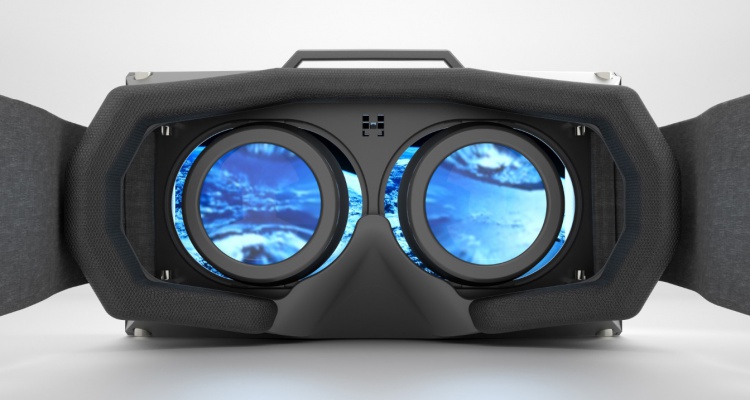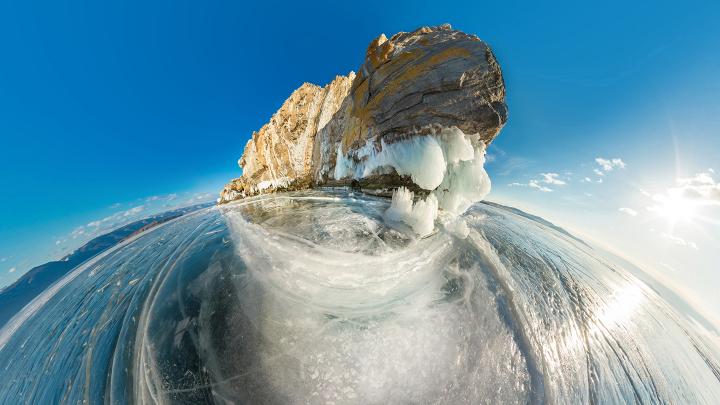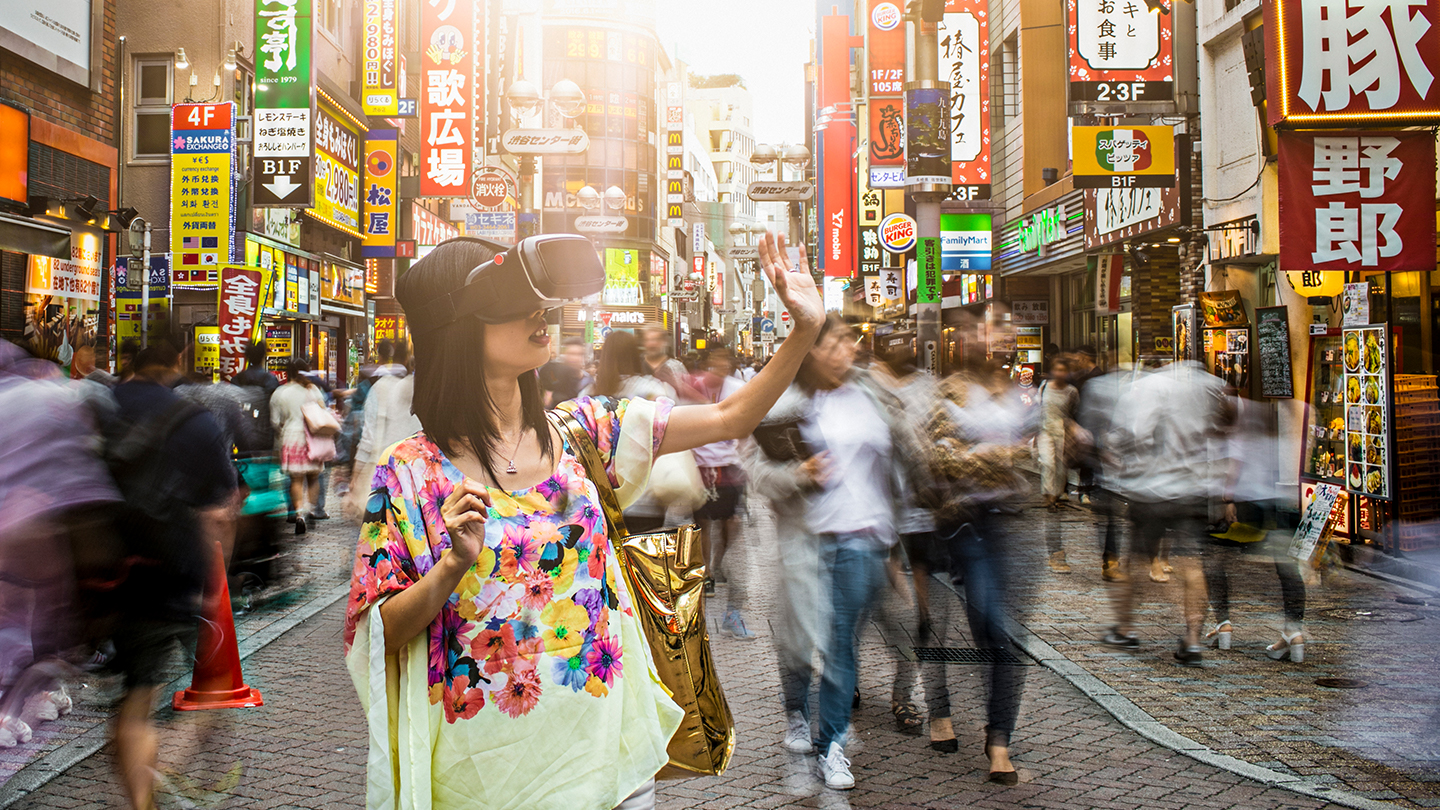VR? AR? MR? Sorry, I’m confused.
Since the beginning of time, most new and emerging technology has nurtured an unhealthy attachment to acronyms, and virtual reality is no different.

Virtual reality (VR)
360° video

Computer-generated VR (CG VR)
That brings us nicely to CG VR, which as the name suggests refers to VR content that is computer-generated (i.e. not real-world). Wikipedia doesn’t have a direct definition for CG VR so we’ll jump straight into our own view.
There is also a third type of VR, which is a hybrid between 360° video and CG, where an immersive experience is created using a blend of both content types. Much like in the film industry today there’s no real name for this ‘third way’ of creation, but audiences are used to the concept of visuals being created using a combination of both real-world and CG content. Some of the most exciting VR content being created today sits in this third category.
The AR/MR debate
Augmented Reality (AR)
Mixed reality (MR)
More real than real: creating a feeling of 'presence' in VR.
Source: https://www.foundry.com/industries/virtual-reality/vr-mr-ar-confused#













